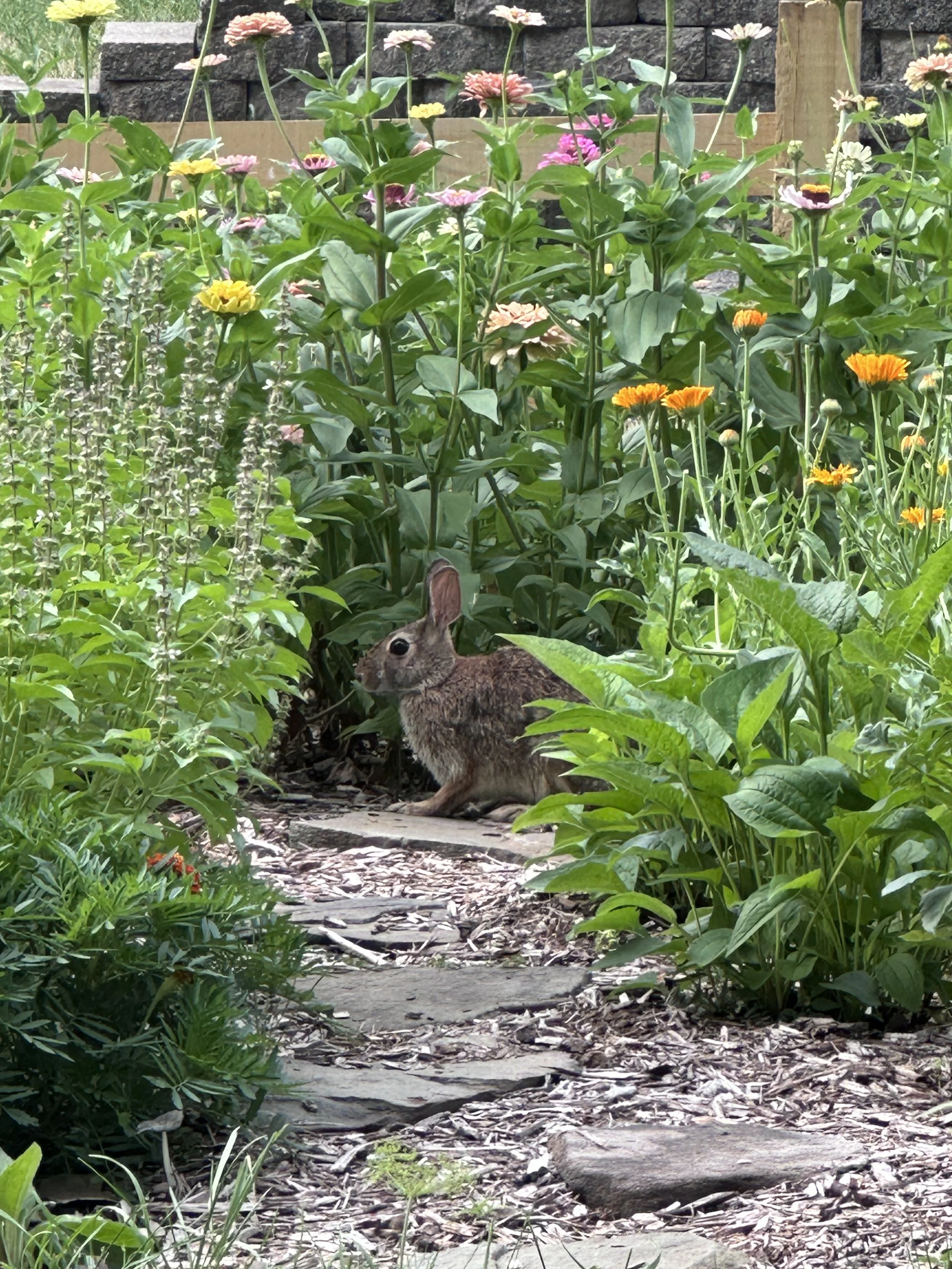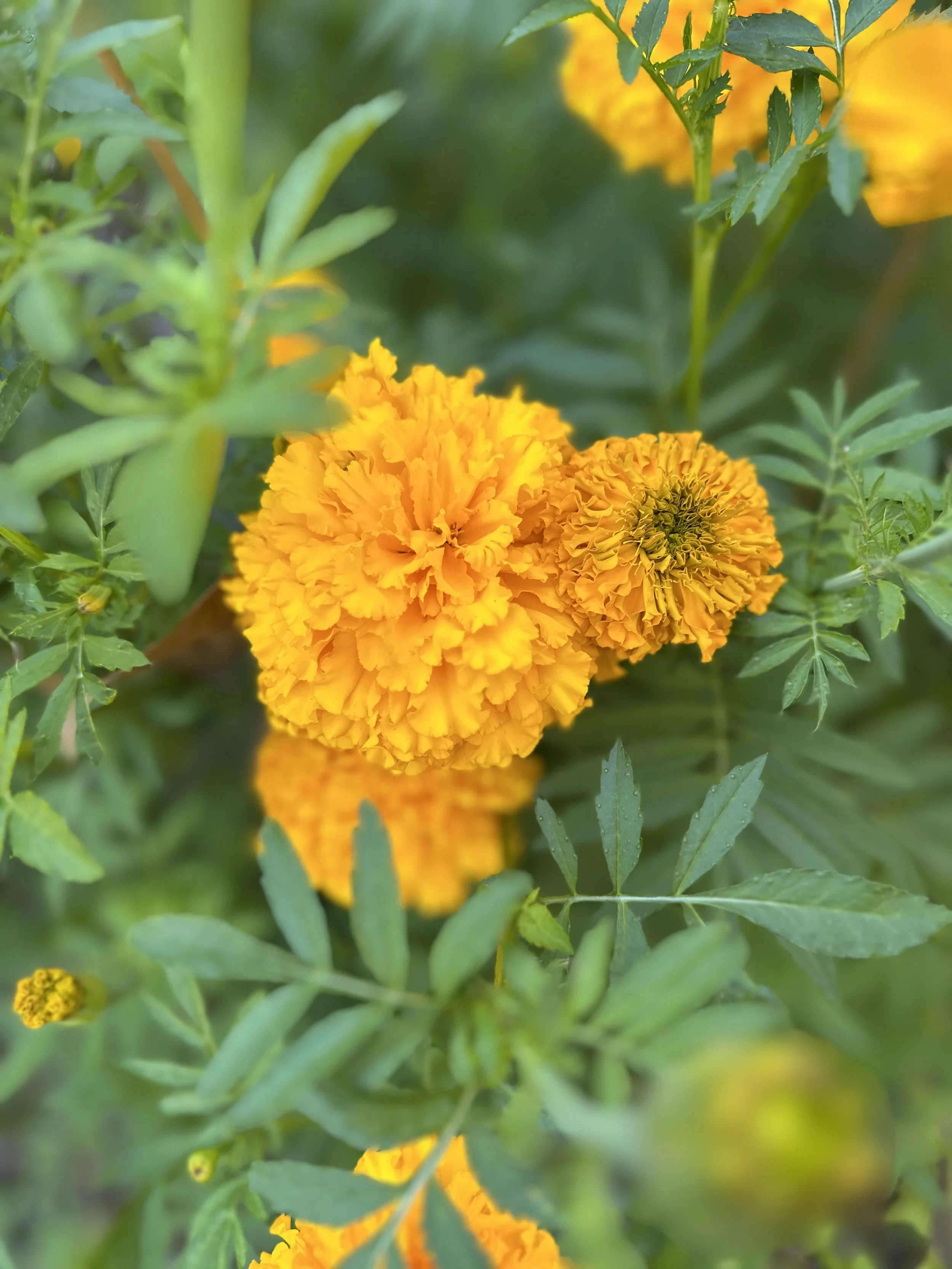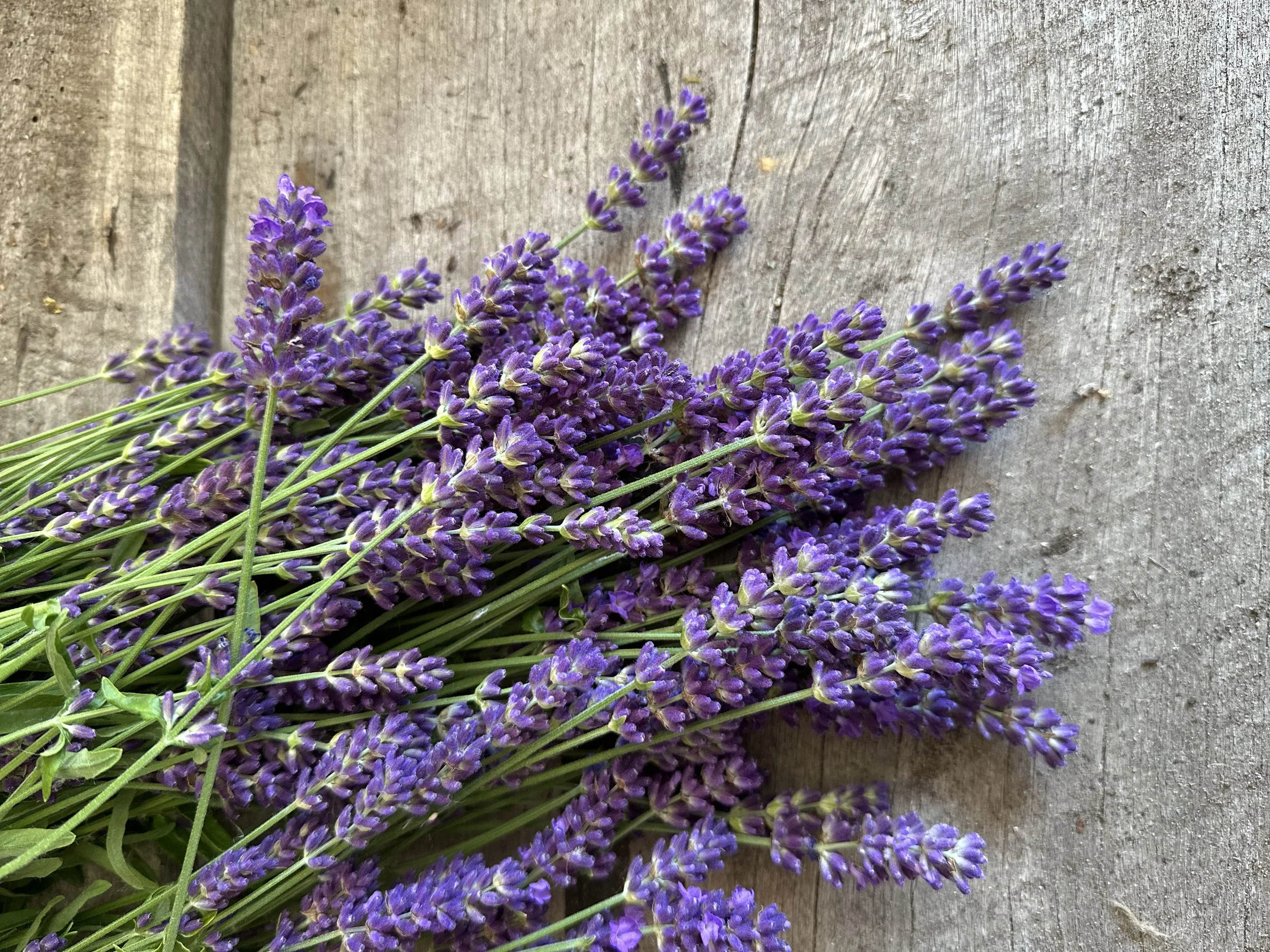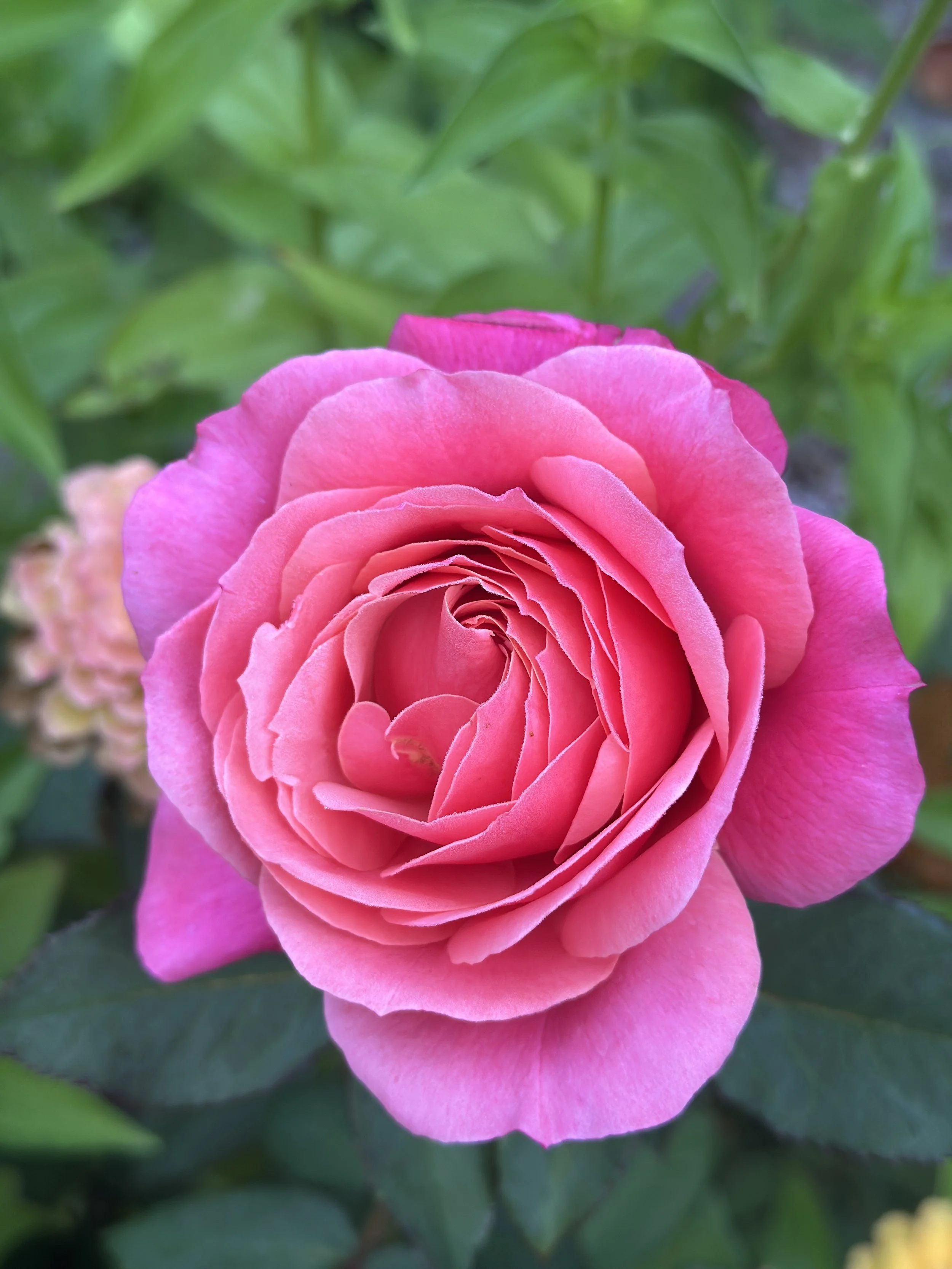Growing a Witch’s Garden
A simple guide to planting herbs, flowers, and meaningful magic.
What makes a garden feel witchy? It’s not just the plants - though they play a big part. It’s the relationship you build with the space… the way intention meets soil, the way energy moves through what you grow. A witch’s garden is more than something to look at - it’s something to live with, to learn from, and to be changed by.
The Plants
When creating a witch’s garden, the plants you choose are deeply personal. They’re not just there to fill space - they carry stories, energies, and purposes.
Look up the symbolism and traditional uses of each plant. Which ones feel like they call to you? Which seem to invigorate you or align with your intentions, goals, or rituals? You might feel drawn to a garden full of flowers, a patchwork of veggies and herbs, a wild mix of foliage - or a little bit of everything.
Think about how you want to use your garden and what you want to use its gifts for. That intention shapes the energy of the space. For me, I’ve never had much success with vegetables (though every year I think, “maybe this will be the year”). While I can grow them, so many often go to waste and for me, using what I grow is an important factor in what I grow. Flowers and herbs tend to be where I spend most of my time and energy. I love incorporating them into my rituals, decor, crafts, gifts and healing tinctures or salves.
No matter what you plant, trust that what draws you in carries meaning for you. Still, it can help to have examples when you’re beginning, because any online search shows there are endless directions you could take. Below are some of the flowers and herbs I include in my own garden and their symbolic connections.
A resident rabbit who suprisingly never ate my plants.
Flowers & Their Symbolism
Roses – Love, beauty, protection, and the sacred heart. They symbolize both softness and strength.
Lavender – Calm, purification, clarity, and peace. A beautiful ally for both energetic cleansing and soothing the nervous system.
Calendula – Healing, protection, warmth, and optimism. Often associated with the sun, it’s a flower of vitality and creative expression.
Echinacea (Coneflower) – Resilience, strength, and inner power. Traditionally used for boosting immunity, its symbolism reflects endurance through challenges.
Sunflower – Joy, vitality, confidence, and devotion to light. A plant that reminds us to keep turning toward what sustains and energizes us.
Marigold – Protection, courage, and honoring the dead. Sacred in many traditions, marigolds bridge the worlds between the living and the spirit realm.
Snapdragon – Truth, grace under pressure, and protection from deceit. They add playful color but also carry an energy of warding and strength.
Herbs & Medicinal Plants
Whether you cook with them, craft ritual blends, or simply enjoy their scent, herbs are a key part of a witch’s garden. Their ancient ties to healing and magic bring a grounding and sensual presence of connection and power to your space.
Lavender – Peace, clarity, love, and purification.
Thyme – Courage, cleansing, and renewal. Associated with strength and bravery.
Sage – Wisdom, purification, and protection. Often used in cleansing rituals to clear energy.
Rosemary – Memory, clarity, and fidelity. Linked to remembrance and devotion.
Basil – Prosperity, love, and abundance. Known for attracting luck and good energy.
Mint – Vitality, prosperity, and mental clarity. Refreshing and energizing, both physically and spiritually.
Eucalyptus – Healing, release, and renewal. Clears stagnation and supports respiratory and energetic flow.
Yarrow – Protection, courage, and energetic boundaries. Used to heal wounds and guard one’s energy field.
Mugwort – Intuition, dreams, and divination. A lunar herb that opens the door between worlds.
The Cosmic Influence
As you think about what to plant, consider how the garden connects to the sky as much as it does to the soil. Even if you don’t call yourself a “cosmic witch,” celestial alignment brings the space full circle… because after all… as above, so below.
You might plant:
Flowers connected to your zodiac sign or planetary ruler
Plants associated with deities you feel aligned with
Flowers linked to the sun (like sunflower, marigold, calendula) or the moon (like moonflower or white roses)
These layers of meaning weave a sense of story and purpose into the landscape.
Incorporate The Elements
I’ve written before about gardening with the four elements, but it bears repeating: bringing each one into your garden creates a natural harmony, flow and form. The elements are at the heart of witchcraft and seasonal spirituality, connecting to the directions, astrology, and even plant energetics.
Incorporate each one intentionally:
Earth – stones, statues, soil, grounding plants
Air – wind chimes, tall grasses, fragrant herbs
Fire – candles, a bonfire space, plants with red or orange blooms
Water – a fountain, birdbath, or plants that love moisture
Balance them, and your garden will feel alive in every sense.
Welcome The Animals & Insects
A witch’s garden is meant to be alive - with birds, bees, butterflies, and other creatures finding refuge there. When your intention is clear, the natural world responds. I’m always so impressed when I see the variety of creatures that call my garden home: frogs, toads, cats, skunks among the usual birds, bees and butterflies.
Plant native species that offer berries for birds in winter or feeder to support them. The added bonus? During the growing season birds eat many of the insects you’d rather not have.
Include plants that provide shelter or ground cover so beneficial insects and pollinators have places to rest through the seasons. Even hollow stems can become tiny sanctuaries through winter. Native plant species also help keep the pollinators of your area thriving, making sure they have some of their trusted food sources.
Finally, a small water outlet for the creatures is important during the hot months. A bird bath with a few stones in it (to help the bees and butterflies land), or even a dish with water on the ground for those critters that can’t climb.
Of course, with any of the creatures you invite in, be mindful of your pets and children, too!
Inviting in Others
Your garden might be a private, sacred space or you may wish to invite in other, less visible forms of company, such as deities, ancestors, spirits, or the fae.
If it is in your practice to work with any of these, think about ways you can welcome them in. It could be in the plants you select, the spaces you create, or the structures you add, but if it’s important to include them, do so.
In my own garden I have a single rose planted in honor of my grandmother as roses always filled her back yard, a place of many fond childhood memories. I have a statue of Gaia, goddess of earth, as a symbol of my connection to her and my intention to care for the space. I also have a small faery house that I built with bark and stones, alongside a small wishing well, where I leave tokens and treats to the fae as a way to establish a beneficial relationship with them.
You might also notice that other plants find their way into your garden. Pay attention to what sprouts up naturally to see if there is any synchronicity to your life. Wild plants often find their place in spaces where they’re needed and/or welcomed in.
Intention Matters Most
Above all else, a witch’s garden is an act of intention. How you tend to it - your care, attention, and reverence - shapes its magic more than any plant list ever could. There is a good possibility that if you’re wanting to create a garden, you want to actually be in it (and not just when you’re tending it). Think of creating a space where you can sit and enjoy the garden… commune with it. A place for ritual, spellwork, journaling or simply admiring the beauty and magic around you.
Work with nature, not against it. Avoid harsh chemicals where possible, and nurture a space that thrives through relationship rather than control. Ask yourself: Is this a garden you want to simply look at, or one you want to live with? A place to draw inspiration and energy from season after season? A place to host others, to build your magic… or even a place to simply be?
Welcome the Magic In
There’s no single “right” way to build a witch’s garden. Every witch is different, every plot of land carries its own spirit (and unique growing conditions). Begin with intention, plant what feels meaningful, and the magic will meet you there.




